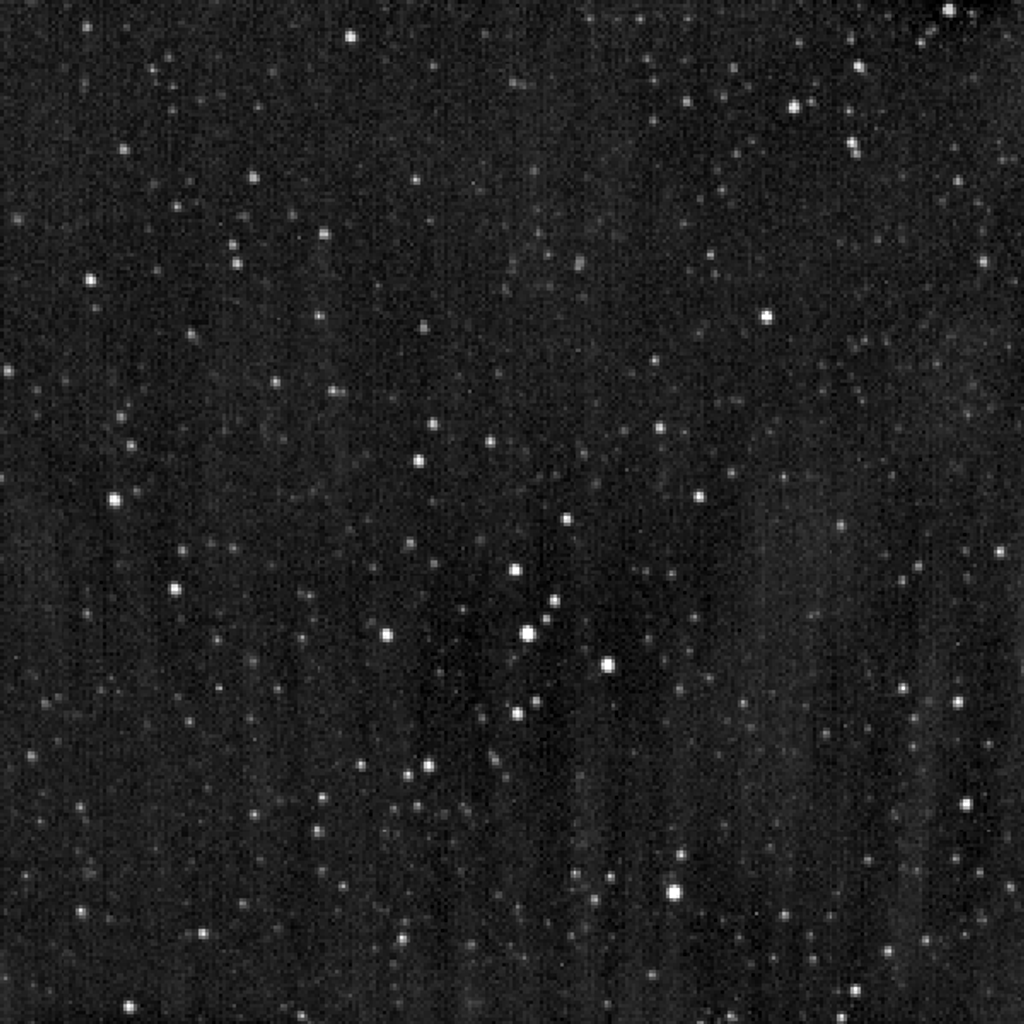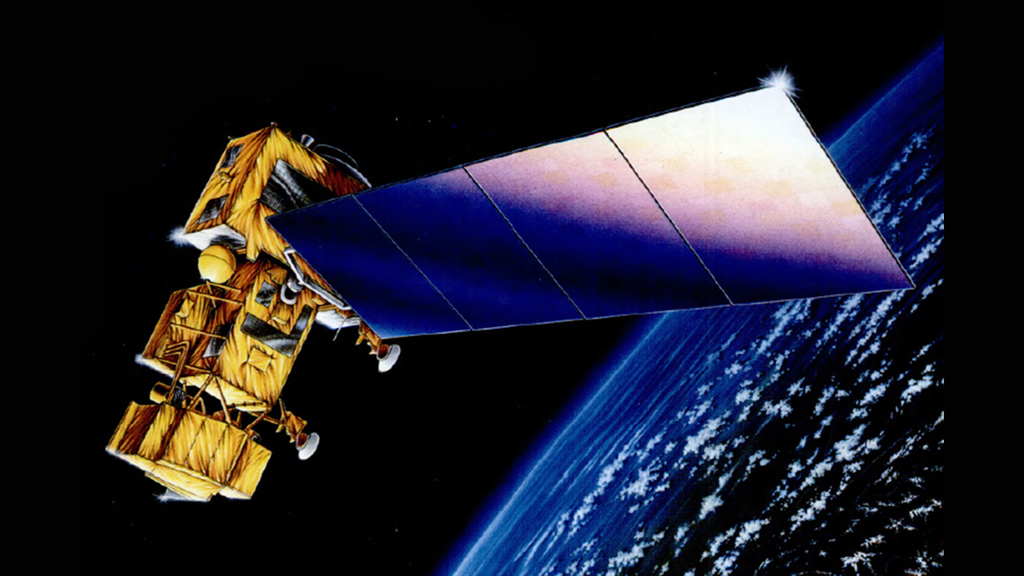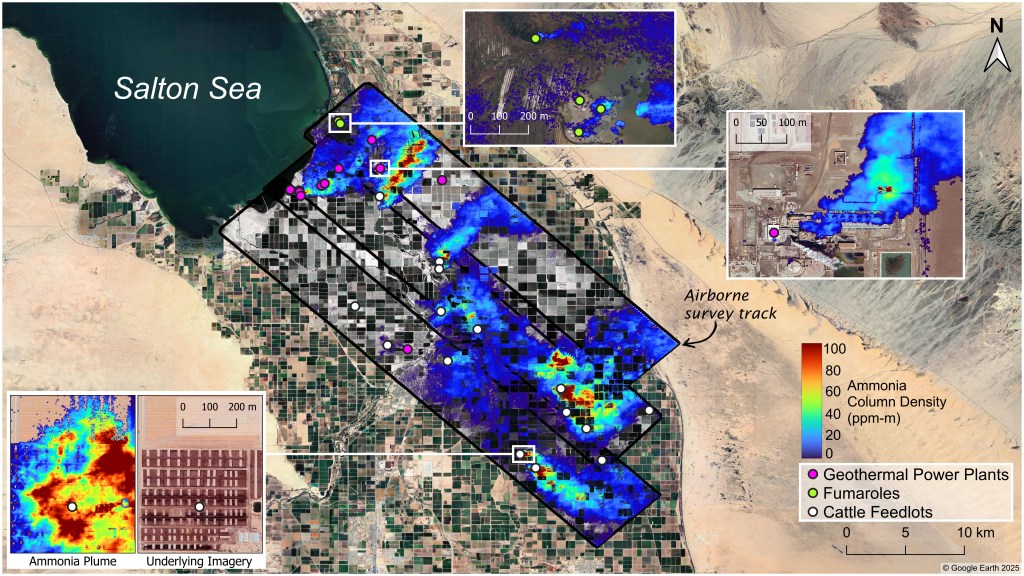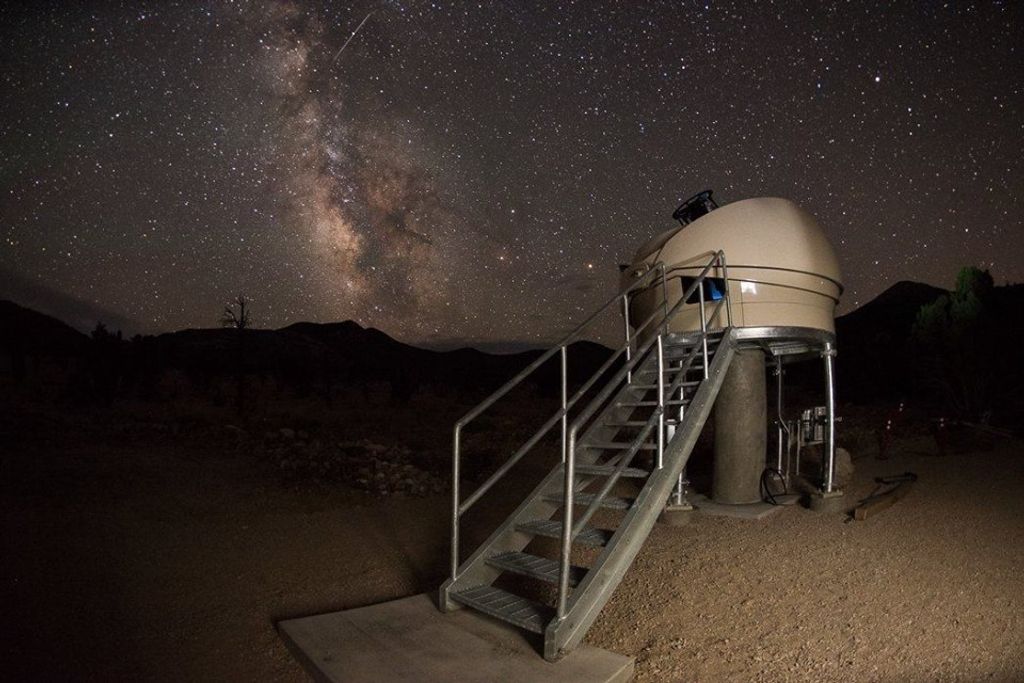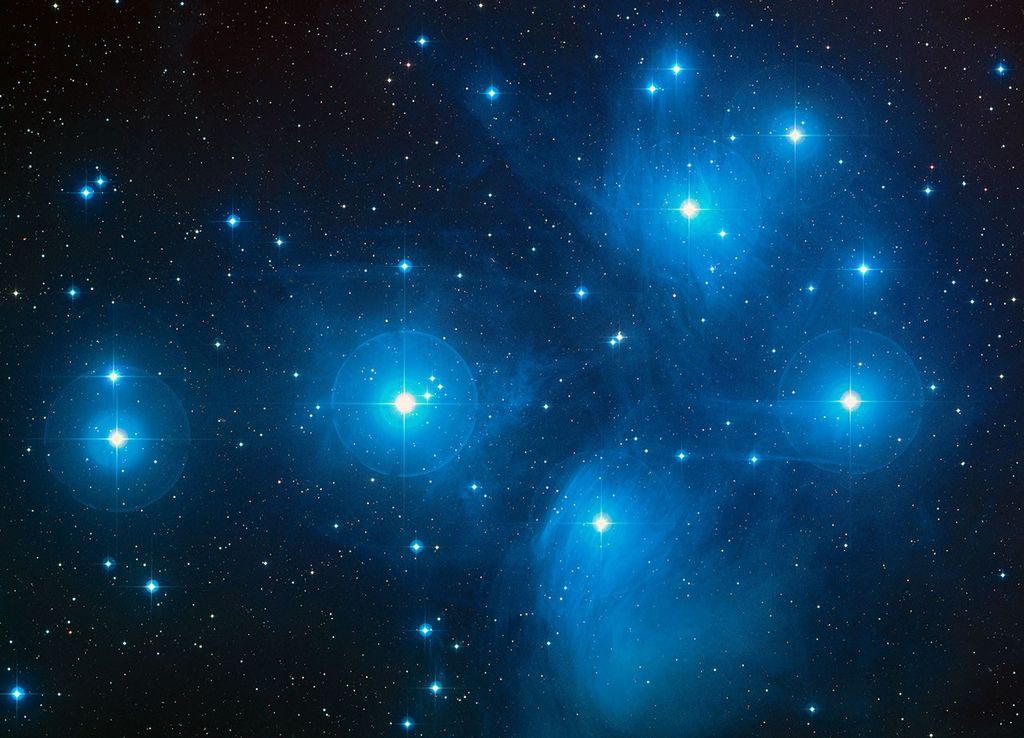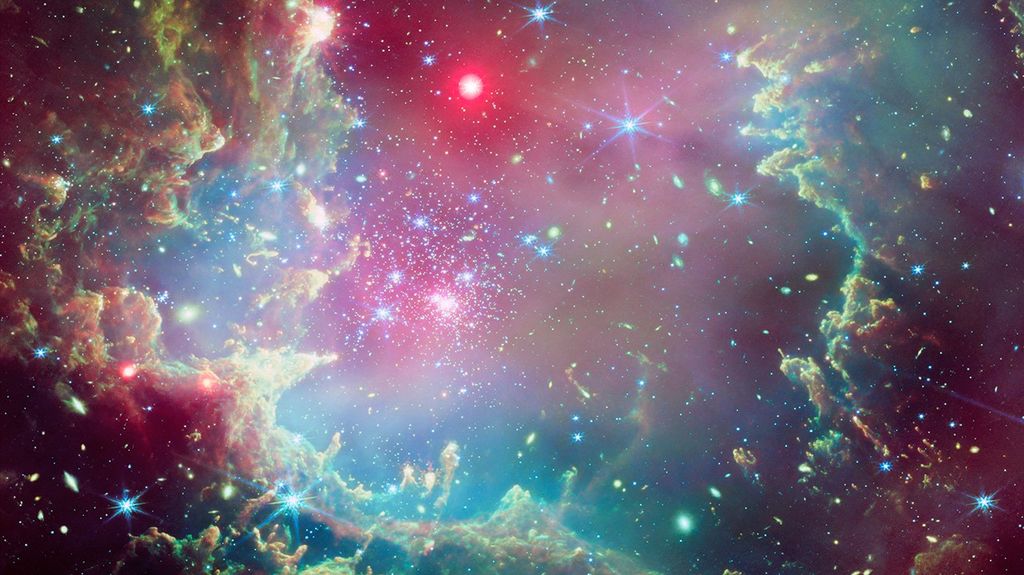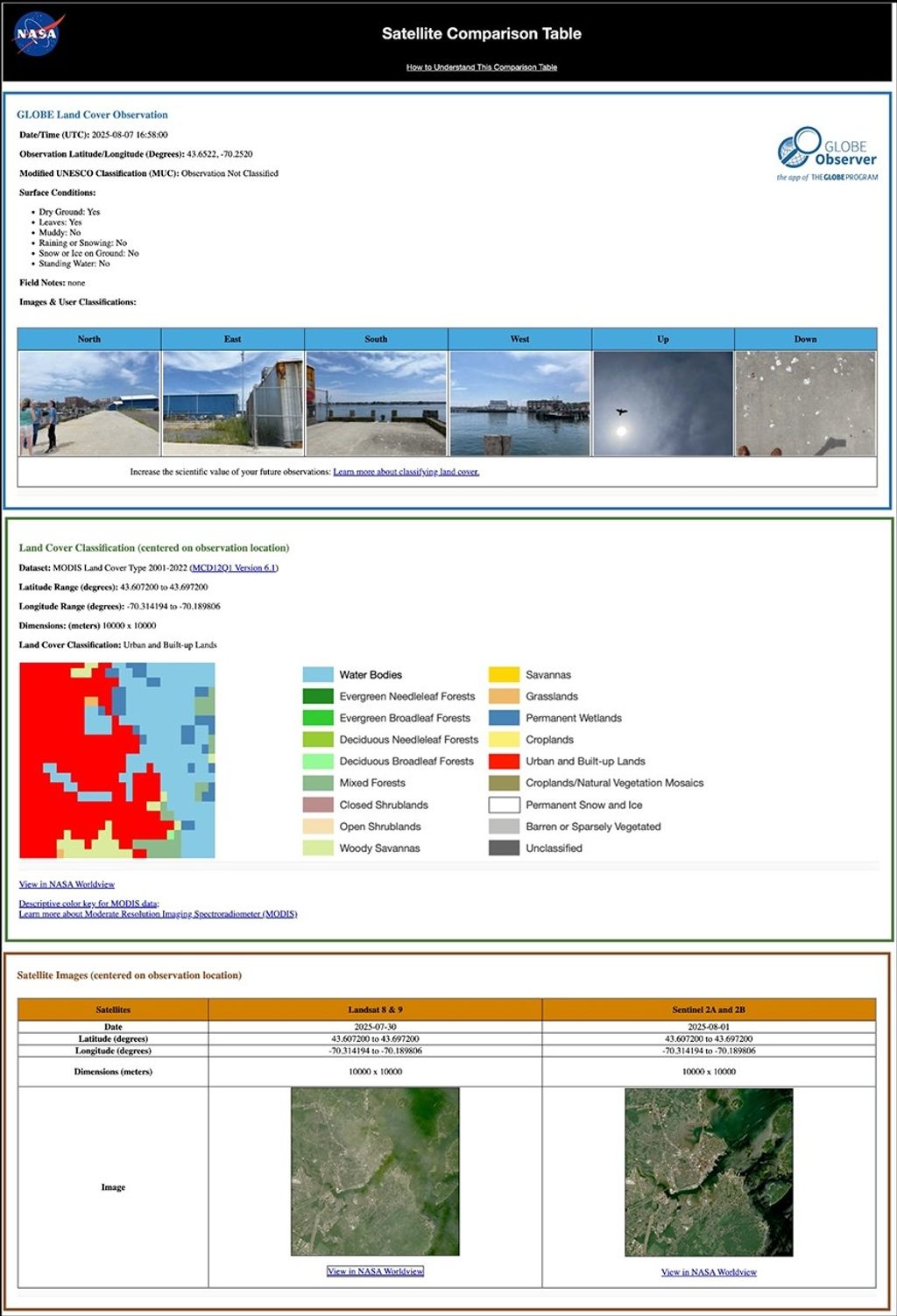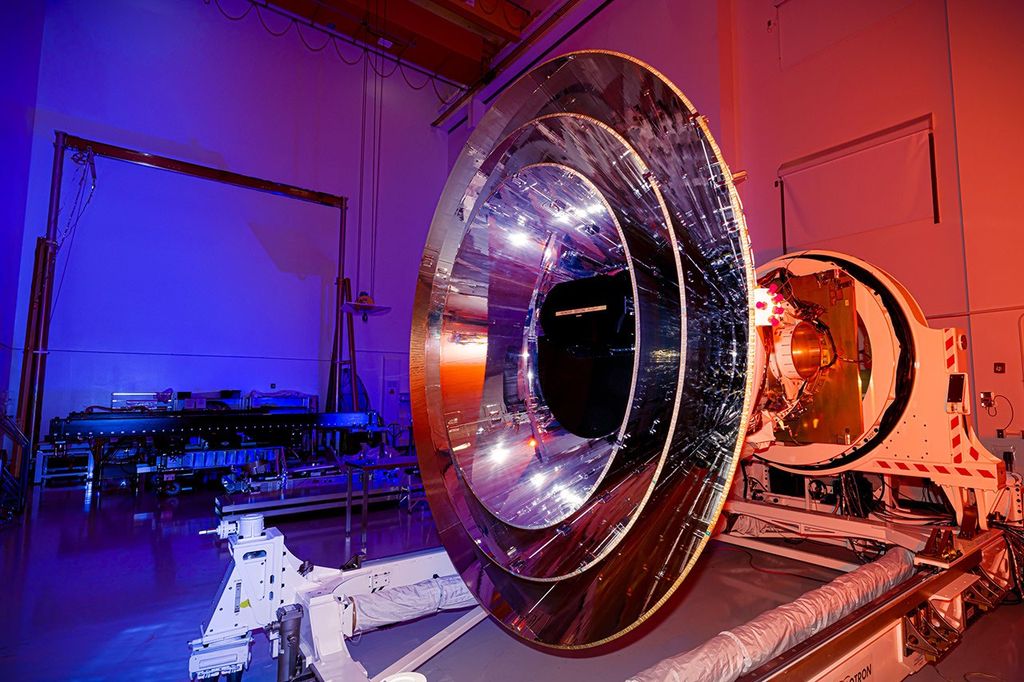1 min read
Comet 46P/Wirtanen

NASA’s Hubble Space Telescope photographed comet 46P/Wirtanen on December 13, when the comet was 7.4 million miles (12 million kilometers) from Earth. In the image, the comet’s nucleus is hidden in the center of a fuzzy glow from the comet’s coma. The coma is a cloud of gas and dust that the comet has ejected during its pass through the inner solar system due to heating from the Sun.
To make this composite image, the color blue was applied to high-resolution grayscale exposures acquired from the spacecraft's WFC3 instrument.
The inner part of a comet’s coma is normally not accessible from Earth. The close fly-by of comet 46P/Wirtanen allowed astronomers to study it in detail. They combined the unique capabilities of Hubble, NASA’s Chandra X-ray Observatory, and the Neil Gehrels-Swift observatory to study how gases are released from the nucleus, what the comet’s ices are composed of, and how gas in the coma is chemically altered by sunlight and solar radiation.
Comet 46P/Wirtanen made its closest approach to Earth on December 16, when it passed just over 7 million miles (11 million kilometers) from our planet, about 30 times farther away than the Moon. Although it is the brightest comet of 2018, 46P/Wirtanen is only barely visible to the unaided eye. It is best viewed through binoculars or a telescope. Backyard observers can currently find the comet within the constellation Taurus, between the Pleiades and Hyades star clusters.
Comet 46P/Wirtanen orbits the Sun once every 5.4 years, much quicker than the 75-year orbit of the more famous Comet Halley. Most of its passes through the inner solar system are much farther from Earth, making this year’s display particularly notable.
The Hubble Space Telescope is a project of international cooperation between NASA and ESA (European Space Agency). NASA’s Goddard Space Flight Center in Greenbelt, Maryland, manages the telescope. The Space Telescope Science Institute (STScI) in Baltimore, Maryland, conducts Hubble science operations. STScI is operated for NASA by the Association of Universities for Research in Astronomy, in Washington, D.C.
About the Object
- R.A. PositionR.A. PositionRight ascension – analogous to longitude – is one component of an object's position.03:35:19.788
- Dec. PositionDec. PositionDeclination – analogous to latitude – is one component of an object's position.+10:51:46.36
- ConstellationConstellationOne of 88 recognized regions of the celestial sphere in which the object appears.Taurus
- DistanceDistanceThe physical distance from Earth to the astronomical object. Distances within our solar system are usually measured in Astronomical Units (AU). Distances between stars are usually measured in light-years. Interstellar distances can also be measured in parsecs.About 7 million miles (11.5 million km)
- DimensionsDimensionsThe physical size of the object or the apparent angle it subtends on the sky.Image is about 1500 miles across (2,500 km)
About the Data
- Data DescriptionData DescriptionProposal: A description of the observations, their scientific justification, and the links to the data available in the science archive.
Science Team: The astronomers who planned the observations and analyzed the data. "PI" refers to the Principal Investigator.The HST observations include those from program 15372 (D. Bodewits) - InstrumentInstrumentThe science instrument used to produce the data.WFC3/UVIS
- Exposure DatesExposure DatesThe date(s) that the telescope made its observations and the total exposure time.13 Dec 2018
- FiltersFiltersThe camera filters that were used in the science observations.F689M
- Object NameObject NameA name or catalog number that astronomers use to identify an astronomical object.Comet Wirtanen
- Object DescriptionObject DescriptionThe type of astronomical object.Comet
- Release DateDecember 20, 2018
- Science ReleaseNASA Telescopes Take a Close Look at the Brightest Comet of 2018
- Credit

These images are a composite of separate exposures acquired by the WFC3 instrument on the Hubble Space Telescope. The color results from assigning the color blue to a monochromatic (grayscale) image.

Share
Details
Claire Andreoli
NASA’s Goddard Space Flight Center
Greenbelt, Maryland
claire.andreoli@nasa.gov






